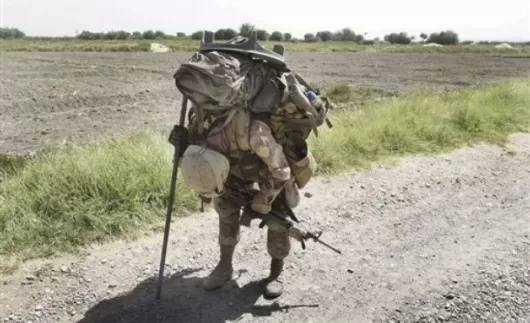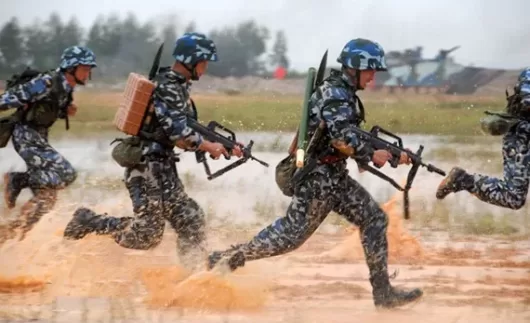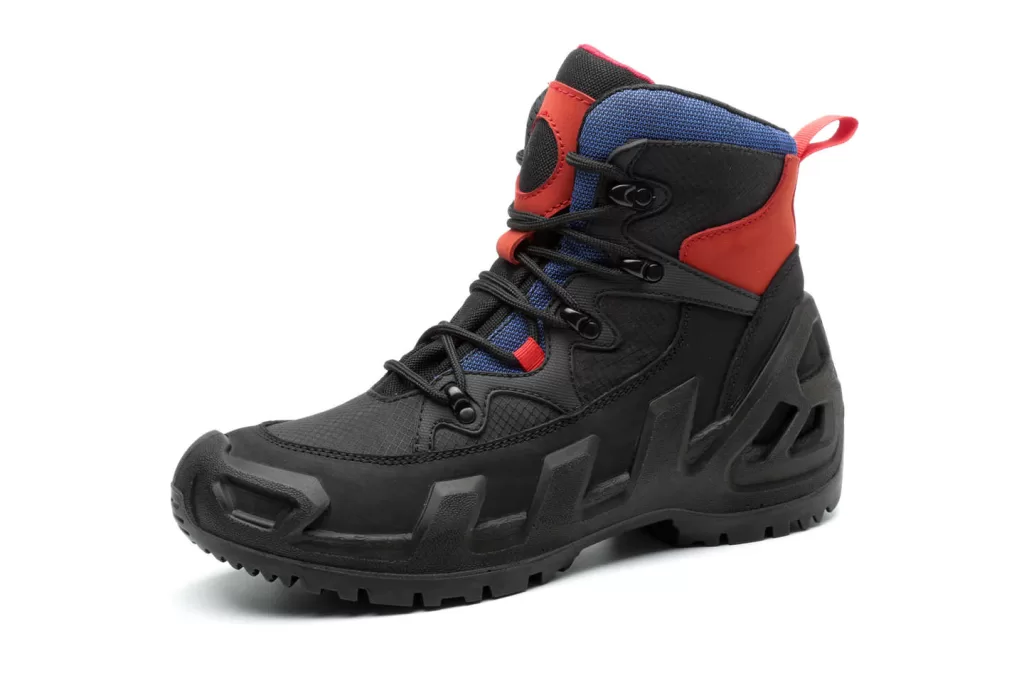In recent years, the exacerbating trend of global climate change has made extreme weather events increasingly commonplace. According to the latest report by the Intergovernmental Panel on Climate Change (IPCC), the past few years represented the hottest on record, with Arctic sea ice extent reaching new lows.
Climate change poses significant impacts on military operations
In high-temperature environments, soldiers carrying heavy gear and conducting tasks over extended periods are at risk of heat exhaustion. The International Committee of the Red Cross statistics show over 300 troops died of heatstroke from 2021 to 2022.

In addition to high and low temperatures, extreme precipitation can also affect military operations. According to the World Meteorological Organization, tropical storms have increased in intensity and frequency over the past 20 years, and more heavy rainfall can cause damage to infrastructure and disrupt transportation. In 2019, Cyclone Fani flooded parts of Bangladesh and India, causing widespread power outages and communication disruptions. Such extreme precipitation events, once they occur in a military exercise or operational area, can seriously affect logistics and command and control.

Extreme cold is also a major threat to troop survival. Research by the NATO Defense College found nearly 100 soldiers in Afghanistan’s mountainous areas died annually from illness due to low temperatures. Reports also indicated Russian forces in Ukraine suffered limb loss from frostbite.

New development
To address challenges arising from harsher conditions, Chinese military boot manufacturer ——Glory have respectively developed the next-generation boots:
Boots with enhanced breathability and moisture-wicking functions. Features like micro-ventilation holes and sweat-draining channels enhance airflow and moisture removal for greater comfort in hot weather.


The new boots effectively resolve operational difficulties in high/low temperature environments. As climate change trends deepen, personalized, intelligent boot technologies are expected to emerge as future areas of development.